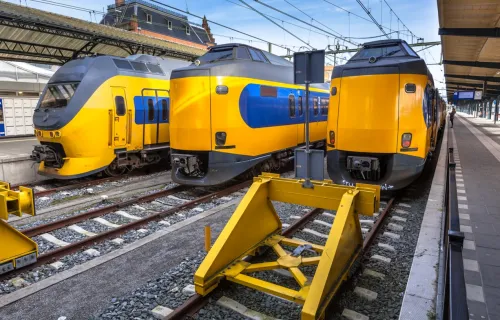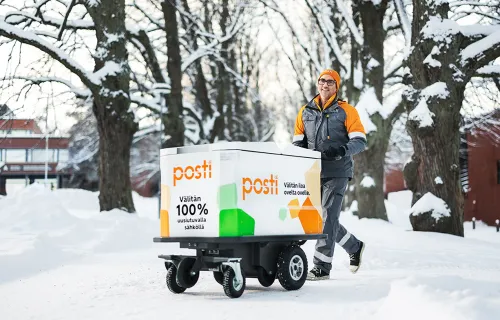It is not surprising that there is a world of expectation from electric cars. Electro-mobility is far more than replacing internal combustion engines with electric motors and tanks with batteries. It is about taking auto-IQ to an entirely new level - with thinking auto parts that avoid traffic jams, prevent collisions and are part of an intelligent traffic flow controlled by an invisible hand.
The smartest car or the most intelligent driver does not create such an intelligent traffic system. Advanced technology is needed in many areas to integrate all forms of transport so that the movement of people and goods happens in the most efficient, reliable and cleanest way possible.
Finland already has advanced awareness and skills associated with digitized traffic control systems. Although automatic and seamlessly flowing streams of traffic are still some way off, current traffic planning systems make use of advanced information and communication technologies to solve issues on many traffic hubs.
Yet, intelligent traffic planning in Finland is still a disappointingly underutilized area. For example, Austria – a country of the same size - has translated the expertise and solutions in this area into significant business opportunities. Although Finland has the expertise and technology, it does not have sufficient legislation and lacks the courage to embark on city-scale initiatives. However, promising examples exist.
For example, in Tampere, we have worked closely with the city’s transportation department and developed the public transportation service. Using information technology has taken public transportation to a whole new level, making it easy and comfortable for residents to plan their journeys and commute to work, school or to other places. At bus stops passengers can see whether buses will be late, and if they are, computer systems give them an advantage at traffic lights so that they can get back on schedule. Soon Tampere city Journey Planner will also offer passengers route information in real-time. This helps them plan their travel routes, schedules, avoid busy areas and factor in delays. In future, the Journey Planner will include information about free parking spaces along with route guides.. Using a combination of private and public transport not only helps them get to their destination faster, but also reduces the stress of driving through peak traffic in the city center, and boosts the usage of public transport.
The Journey Planner will soon include information about vacant charging stations for electric cars. These stations will not be just a plug in the wall, but based on intelligent technology. For example, in the Netherlands, we were involved in building the charging network, which detects the user's charging points and automatically adds the amount to their regular electricity bill.
Buses, trucks and trams are only a part of the intelligent transport network, which also includes the movement of goods by airplanes, ship, train and truck. Intelligent technologies for these modes of transport leverage data communications and advanced sensor technologies for spatial information to achieve energy efficiency and reduce environmental impact.
Intelligent transport systems have a significant and positive impact on the environment and on the everyday interaction of people and businesses. Electric vehicles and intelligent transport planning is one of the most dynamic sectors of the economy, and has the potential to provide jobs and income for Finland - besides moving the flow of traffic in the right direction.




